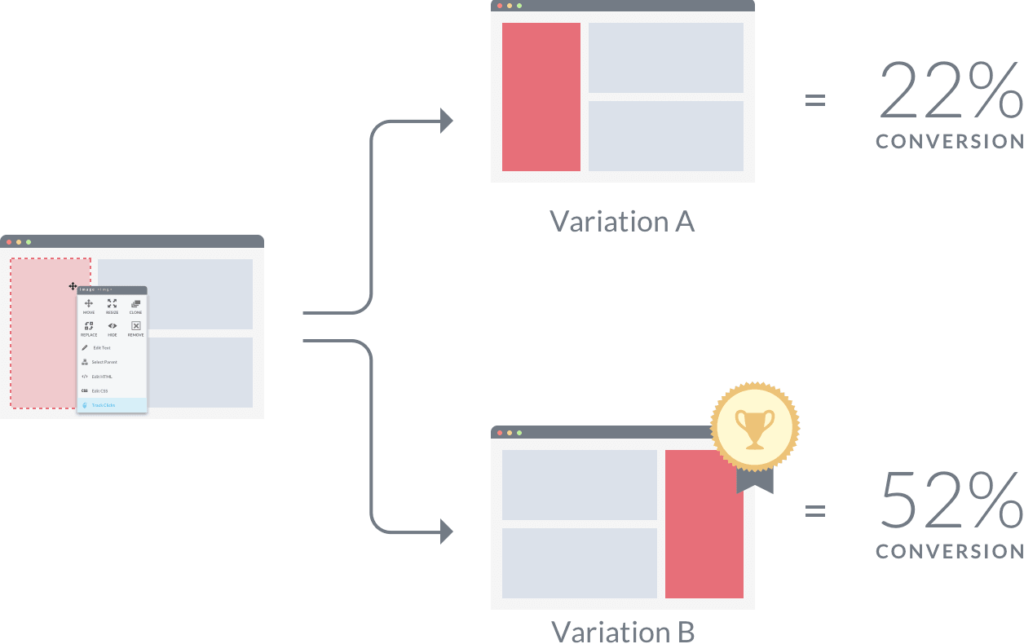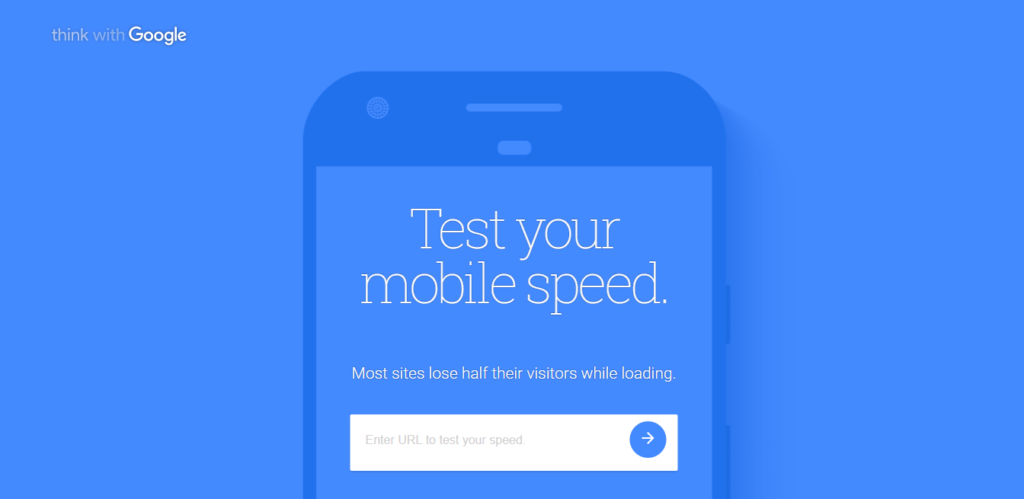
If you own an E-commerce website, then apparently your primary objective is to increase the number of site visitors who make purchases. You might have just opened your website, or you might be a frustrated website owner who couldn’t increase the number of leads despite continuous effort. So while giving you an A for your effort, let me help you figure out how to increase the number of conversions.
What is a conversion ??
A conversion is a site visitor who completes a site goal. By site goal, I mean, either a macro-conversion (the primary objective; like purchasing a product, requesting a quote, or subscribing to your service, to name a few) or a micro-conversion (a sub-goal; like creating an account or simply adding a product to the cart). As an E-commerce website owner, you would want to influence a site visitor to complete your site goals beginning with the smaller ones all the way to the primary objectives.
- The conversion rate is the number of conversions (visitors who mainly made a purchase) as a percentage of the number of total unique site visitors you had.
Here are some guidelines:
The key to increasing conversion rate is to find out why it’s low in the first place. And for that purpose, you need to come up with brilliant tracking mechanisms. You can either choose to follow qualitative data analytics or quantitative data analytics. Qualitative data analytics is a people-oriented method. Using this, you can track their behavior while they’re browsing through your website. Google consumer surveys and Qualaroo are tools that can help you with conducting studies to collect opinions and thoughts from visitors.
If it’s a more quantitative approach you need, meaning you would instead analyze your visitors’ behavior through hard numerals, Google analytics is ready to help you through it.
I would proceed to recommend conducting a usability test to assess how your site performs, determine how user-friendly it is, and to help you decide what further UI and UX improvements should be made to your website. You could set up a typical scenario of a person trying to browse and do specific activities on your website and watch a sample customer unravel the site in your presence. It is a beneficial method if you’re willing to go that extra mile since it will help you generate a conversation about their experience along with a commentary on the Do’s and Don’ts.
What is A/B testing?

A/B testing is when you test two versions of a website to find out which one is better. This will help your sample customers choose precisely what they’re looking for in case they’re unable to be so sure after experiencing just one version of the website. Hence it will give you a more effective and accurate result. Google content experiments could help you with conducting a successful A/B test.
Through effective implementation of the said tracking and testing methods, you can easily get a clear picture of how you need to improve the performance of your website in order to optimize your website’s conversion rate. The website could be too slow, or the visitors could be highly dissatisfied with the UI or navigation. No matter what their reasons are the guidelines that I have provided will help you understand them and make a decision. Read my previous blog posts to get a specific idea on how to solve each and every issue they might have faced on your website;
- If your website isn’t fast enough, read on it here
- If you need help with UI/UX read on it here
- If you need to improve your relationship with potential conversions read on it here
There you go ? I hope that these tips will help you a great deal with optimizing your website’s conversion rate. Take it easy and don’t be discouraged. Good luck! Reach out to us if you have any concerns, suggestions or general feedback.







About The Author: Anu
Content Strategist at CloudCone LLC.
More posts by Anu